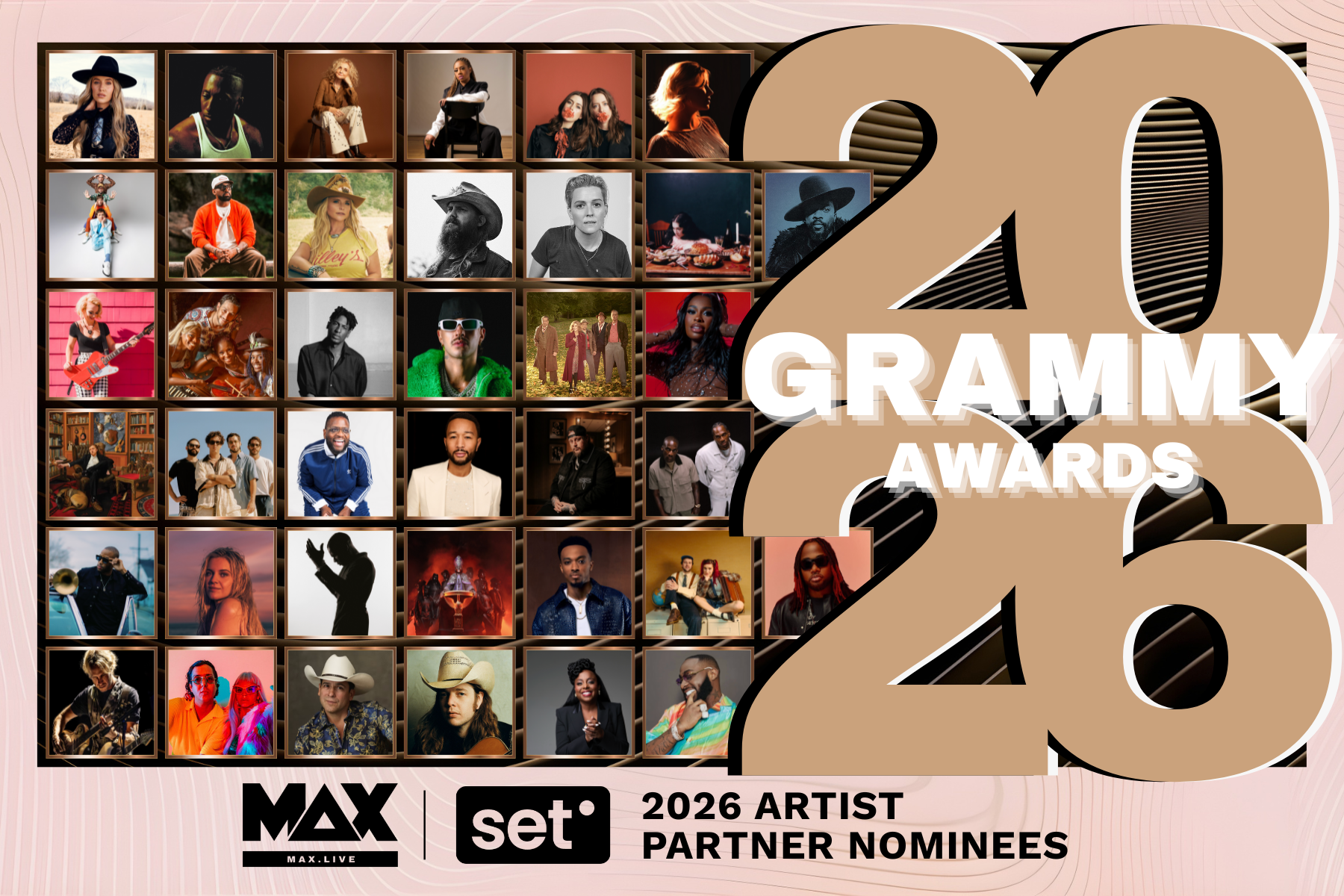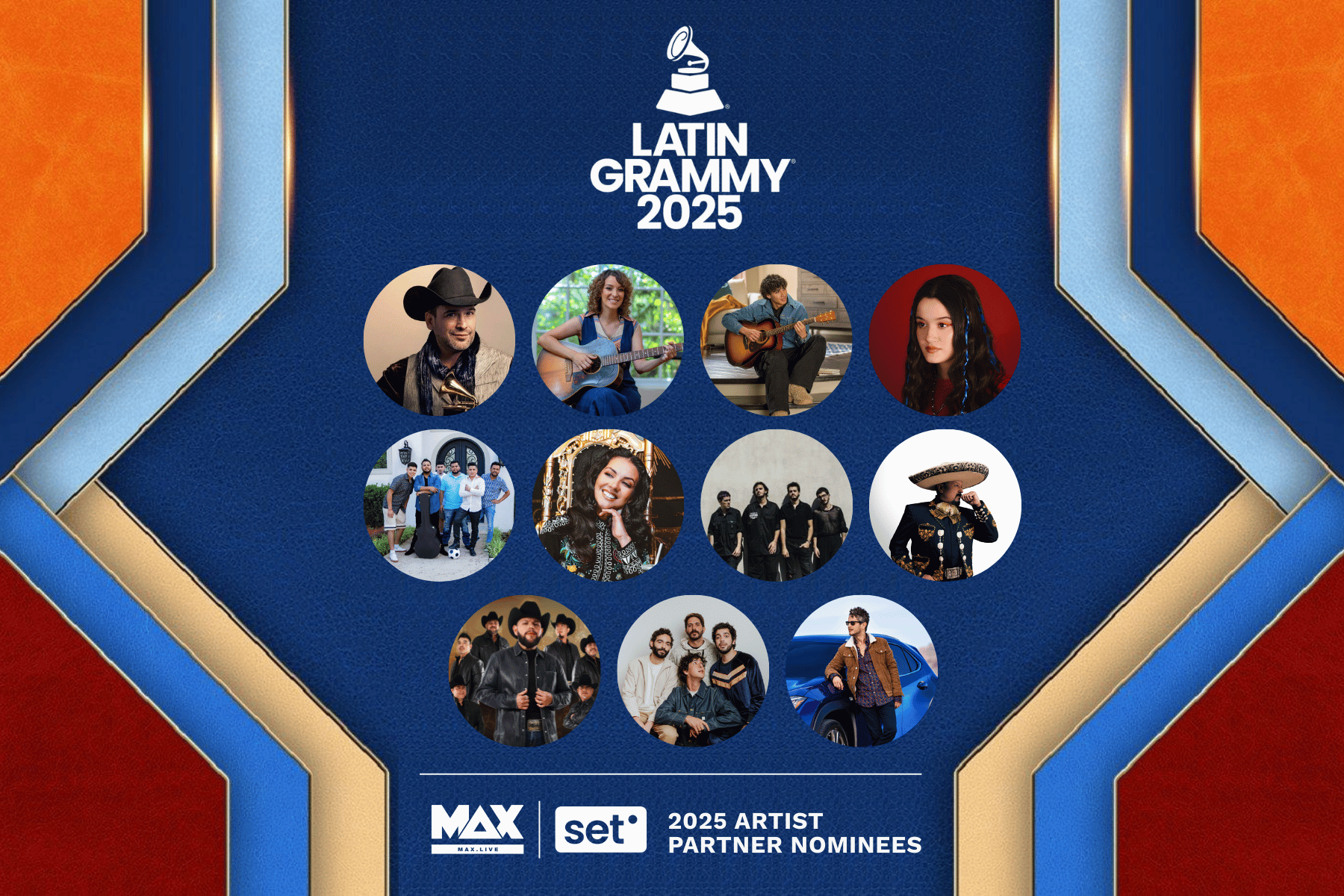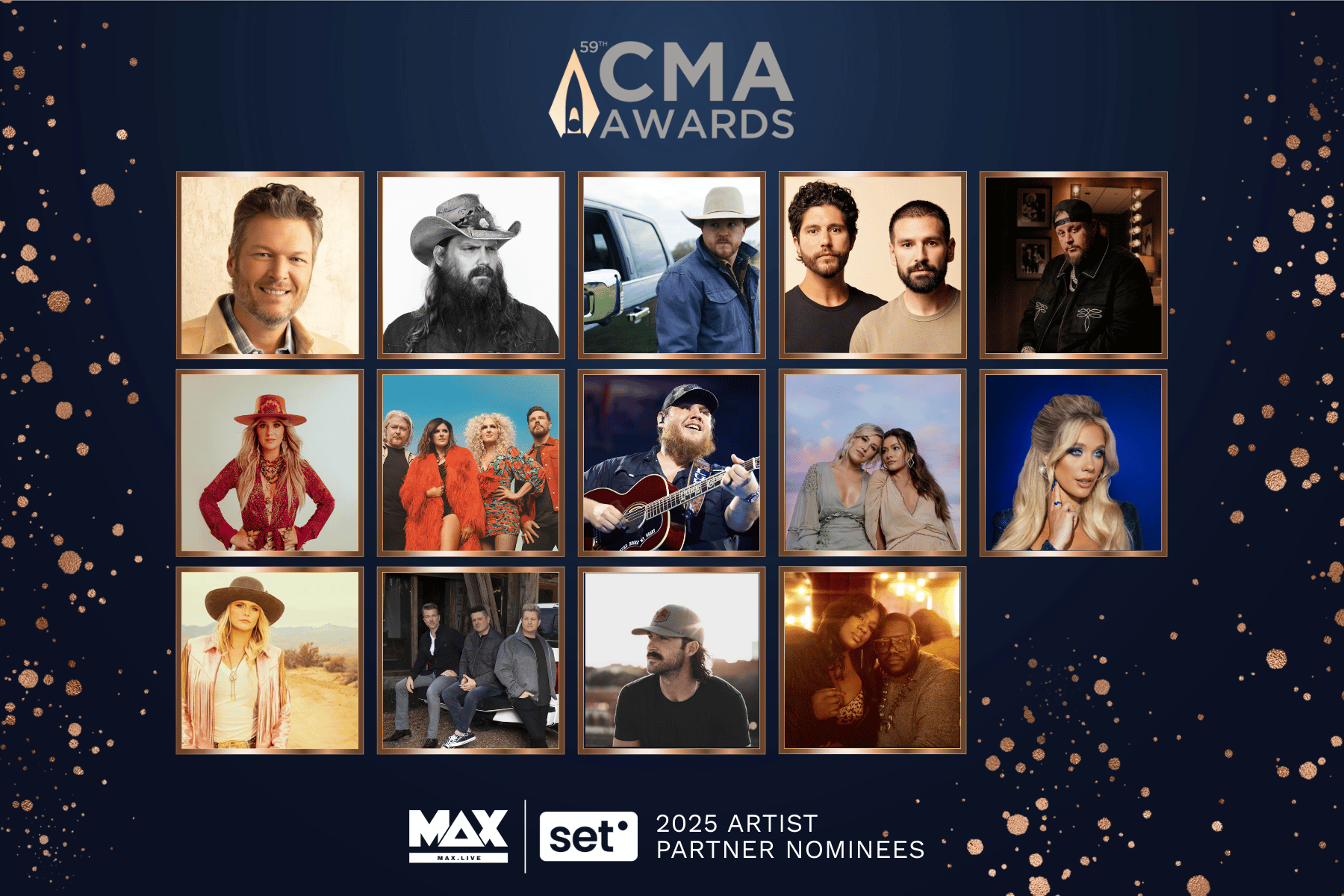2026 GRAMMY Awards
Y'all, 38 artists and 70 GRAMMY nominations is BONKERS!! Our MAX/SET artist partners absolutely crushed it this year.
3 min read
Rosemary Waldrip
:
October 17, 2016

This is the third part of the series, “Marketing to ‘Millennials’? You’re Doing It Wrong.” While it’s not required, we recommend reading Parts One and Two for maximum value.
Over the last couple of weeks, I’ve unpacked some of the biggest problems we marketers run into when chasing the trendy allure of “marketing to Millennials.”
First of all, it’s tricky just to nail down a consistent definition of the term “Millennials.”
I proceeded with the U.S. Census Bureau’s definition, which categorizes Millennials as people born between 1982-2000. That narrowed me down to 83.1 million Millennials -- a heck of a lot of people lumped into one marketing segment. And, keep in mind, that’s with a specific definition.
This brings us to my third problem with “Marketing to ‘Millennials’.”
Guys...it’s time for some real talk (#RealTalk). Eighty-three million people who range in age from 16 to 34 are NOT all the same! Not even remotely close.
Personally speaking, my sister and I are both technically considered “Millennials.” With less than 4 years’ age difference, we grew up in the same house, went to the same schools, and were raised by the same parents.
Of course we have a lot in common with each other (obvi), but...we also have a LOT of differences. We like different foods. We drive different cars. We have different tastes in books, movies, and TV shows. I could keep going, but I think you get the point. So, as a marketer, would you use the same message to communicate with both of us? And would that message be received and interpreted the same way by both of us? Maybe. Maybe not.
Generally speaking, it’s basically impossible to make accurate assumptions about a group of 83 million people. That’s why it’s critical for marketers to think carefully about the unlimited combinations of personal characteristics that make up the individuals in this group, and how those characteristics might affect the way different people receive and interpret the same marketing message.
Some examples of attributes you could use to further define your Millennial audience:
Point is, consumers’ values and tastes are made up of so much more than just the year they were born. And as marketers, it’s our duty to get past the surface-level identifiers (e.g. “Millennials”) by exploring our consumers’ unique tastes in more detail.
Luckily, there’s now more data available than ever before, which we should leverage to create meaningful messages that actually resonate on a personal level.
At MAX, we help consumer brands do this through music. We’ve analyzed millions of data points to determine which genres and artists resonate with which consumers. And it’s all based on how music tastes correlate with (yep, you guessed it) - age, geographic locale, ethnicity, life stages, hobbies / interests, and so on.
Based on our data, here’s an example list of genres we’d recommend using to reach Millennials who: Live in suburban locales, are ‘early adopters’ of new tech, subscribe to streaming services (like Hulu / Netflix, etc.), drink craft beer, and skew Hispanic with high acculturation.
(Quick side note: You can check out the “Lite” versions of our platform tools if you want to see more - it’s completely free to try our Genre Matching Engine or browse our database of 2.4 million artists.)
But even for marketers who want to reach and engage consumers without necessarily using music . . .
I can’t stress enough how important it is to go beyond just thinking about “Millennials” as one big group of like-minded people.
Now more than ever, authenticity and personalization are essential, because if consumers don’t like something . . . they’ll skip it. Or delete it. Or block it. Or ignore it altogether.
In the final installment of the “Marketing to ‘Millennials’? You’re Doing it Wrong” series, I’ll get into:
Read Part 4 of the series, “Marketing to Millennials? You’re Doing It Wrong” here.

Y'all, 38 artists and 70 GRAMMY nominations is BONKERS!! Our MAX/SET artist partners absolutely crushed it this year.

11.17.2025 UPDATE: 4 artist partners took home Latin GRAMMY Awards! 🏆🍾 The countdown has begun for the 2025 Latin GRAMMYs! On November 13, 2025,...

The 2025 CMA Awards, airing on November 19, 2025, will celebrate the best in country music, and we're thrilled to announce that 14 of our incredible...

1 min read
Best to Worst Ranked Super Bowl Ads: Music Themed Take Me Home: Rocket 🙌🏆 Knock Out: Pfizer 👍😢 The Fans: Taco Bell 👍🔥 Turn Back Time: Uber Eats

Oh, boy! Another article to help marketers crack the code on Millennials. Is it filled with trends, and myths, and tricks (oh my)?

Table of Contents Prologue: The Allure of Music Industry Manor Ch 1: Hall of Infinite Possibility Ch 2: The Specter’s Contract Ch 3: Sacred Oath of...